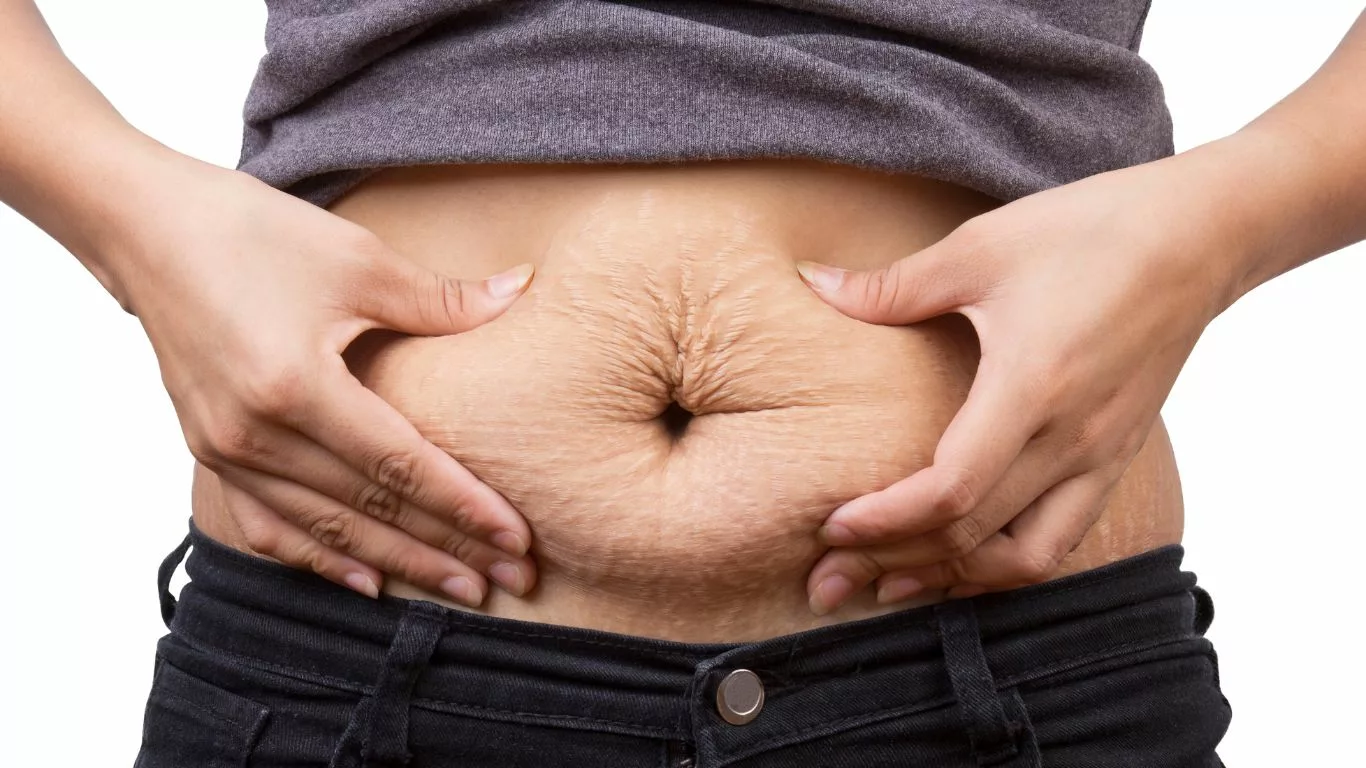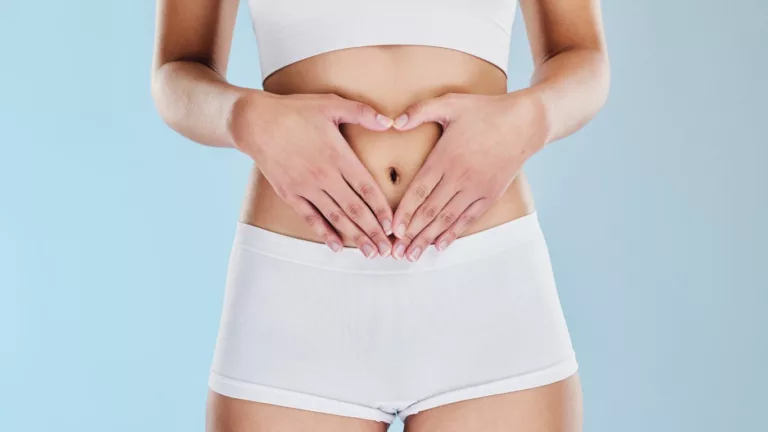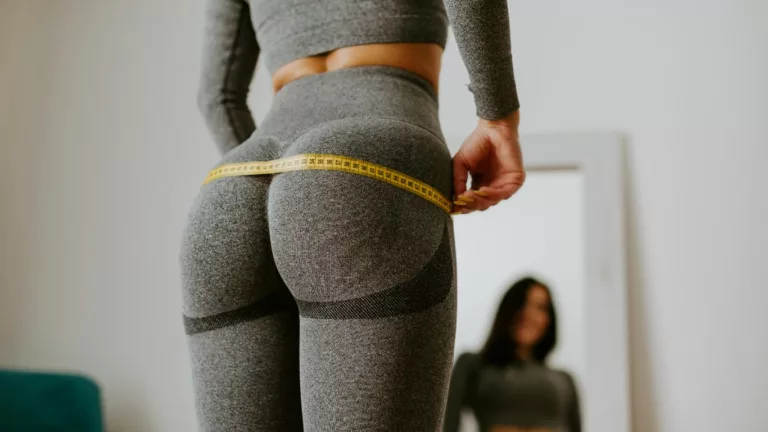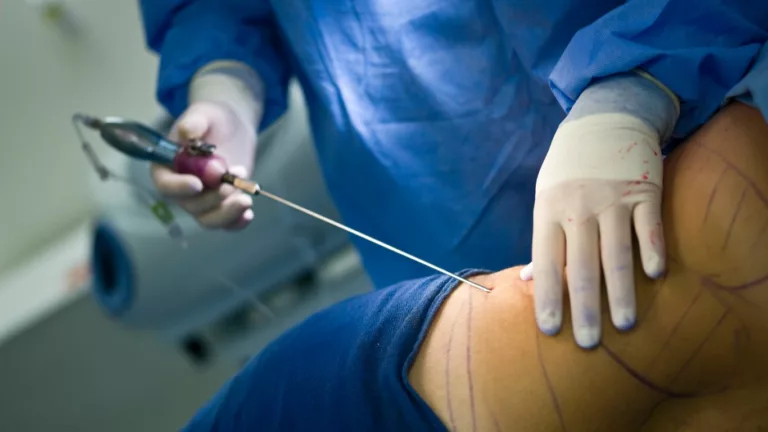Does Liposuction Leave Scars? – What You Need to Know
Explore whether liposuction leaves scars, the types of scarring, and how to minimize them. Understand the process and recovery in our detailed guide.
Liposuction, a popular cosmetic procedure aimed at removing excess fat from specific areas of the body, is often sought for its ability to sculpt and contour. However, one common concern among prospective patients is whether liposuction leaves scars. In this comprehensive guide, we will delve into the scarring aspect of liposuction, examining the types of scars that may occur, factors influencing scar formation, and strategies to minimize their appearance.
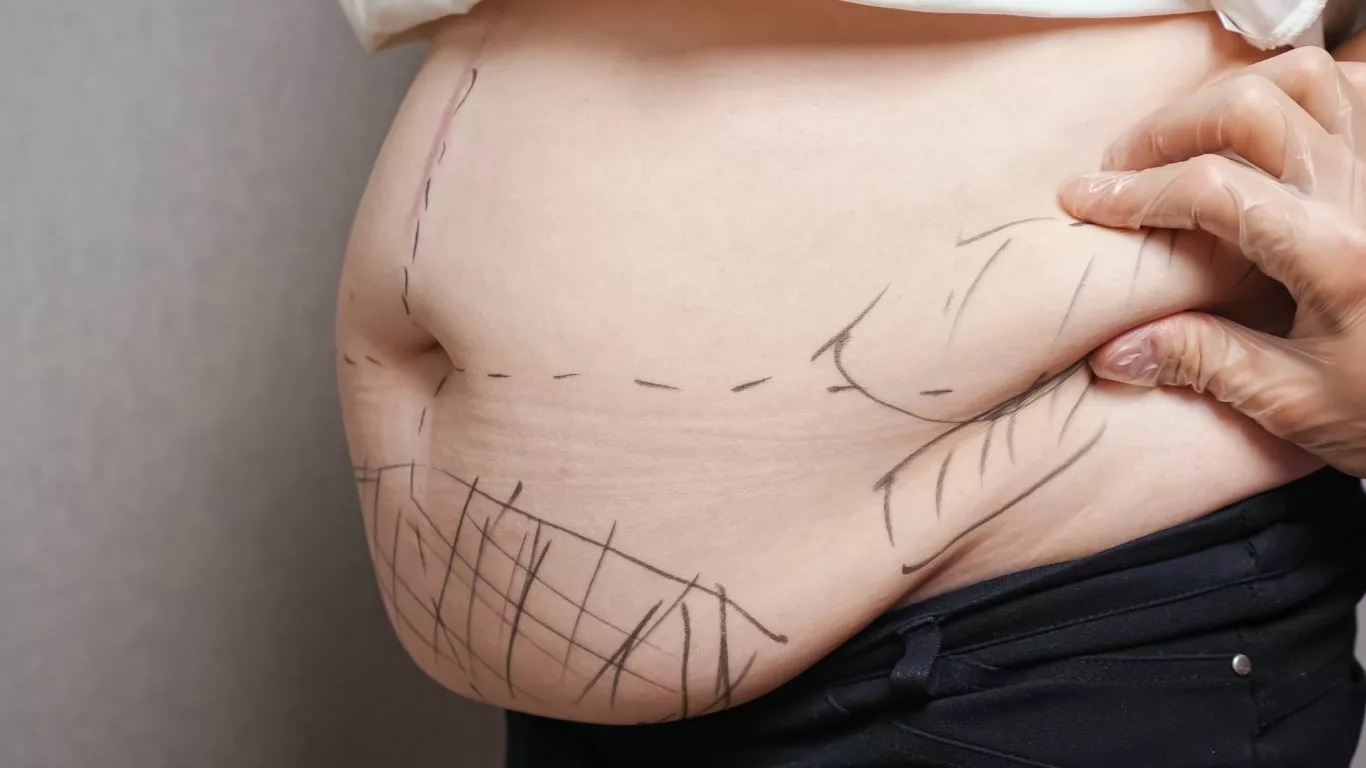
Understanding Liposuction and Scarring
Liposuction is a surgical procedure designed to remove localized fat deposits from various parts of the body to improve contours and proportions. It involves small incisions made in the skin through which a cannula (a thin tube) is inserted. The cannula is used to suction out excess fat cells, allowing for targeted fat reduction. While liposuction is effective for body sculpting, it does involve the creation of incisions, which results in some level of scarring as part of the natural healing process.
Types of Scars from Liposuction
Scarring after liposuction is typically minimal and strategically placed to minimize visibility. The type of scar that develops can vary depending on factors such as skin type, genetics, and how well the incisions heal. Here are the common types of scars associated with liposuction:
Incision Scars
The most common type of scar from liposuction is the incision scar. These scars are typically small, usually ranging from 3 to 5 millimeters in length. Surgeons place these incisions in inconspicuous areas such as natural skin folds or areas that are easily covered by clothing. The small size and strategic placement help to make these scars less noticeable over time.
Hypertrophic Scars
In some cases, particularly when there is an overproduction of collagen during the healing process, hypertrophic scars may form. These scars are raised and may appear red or dark compared to the surrounding skin. However, they usually remain within the boundaries of the original incision site and can improve over time with proper scar management techniques.
Keloid Scars
Keloid scars are less common but can occur in individuals with a genetic predisposition. These scars extend beyond the original incision site and can be larger and more noticeable than other types of scars. Keloids may continue to grow over time and require specialized treatments to reduce their size and visibility.
It’s important to note that while scar formation is a natural part of the healing process after liposuction, the majority of patients experience scars that are well-tolerated and improve significantly over time. Factors such as the surgeon’s skill in incision placement, post-operative care, and individual healing characteristics play crucial roles in determining the final appearance of scars.
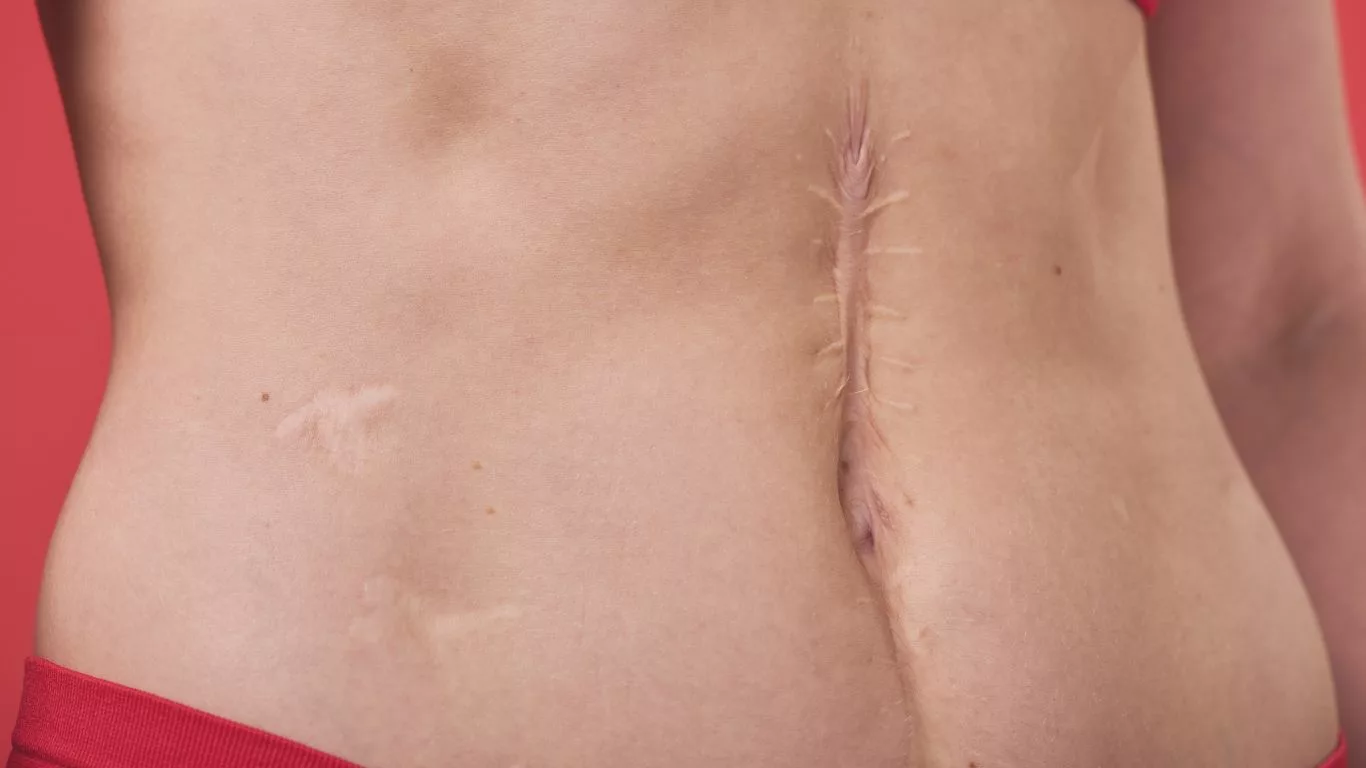
Factors Influencing Scar Formation after Liposuction
Scarring after liposuction can vary based on several critical factors that influence the healing process:
Skin Type and Genetics
The type of skin and genetic predisposition significantly affect how scars form post-liposuction. People with darker skin tones tend to have a higher risk of developing keloid or hypertrophic scars. Keloid scars extend beyond the original incision area and can become raised and noticeably thicker than the surrounding skin. Hypertrophic scars are also raised but generally stay within the boundaries of the original incision. Understanding your skin type and genetic background can help anticipate potential scar outcomes and guide proactive scar management strategies.
Surgeon’s Technique
The expertise and precision of the surgeon performing the liposuction play a pivotal role in scar formation. Experienced surgeons employ techniques to minimize trauma to surrounding tissues and strategically place incisions in less conspicuous areas. This approach aims to minimize the appearance of scars and optimize healing outcomes. Advanced surgical techniques, such as tumescent liposuction or laser-assisted liposuction, may further reduce trauma and enhance cosmetic results.
Post-Surgical Care and Wound Management
Effective post-operative care is crucial in mitigating scar formation following liposuction. Patients must adhere strictly to the surgeon’s guidelines regarding wound care. This typically includes keeping the incision sites clean, applying prescribed ointments or dressings, and attending scheduled follow-up appointments for monitoring and assessment. Avoiding activities that could strain the incision areas and following instructions to protect against infection are essential precautions. Additionally, minimizing exposure to direct sunlight and UV radiation can help prevent pigmentation changes and support optimal scar healing.
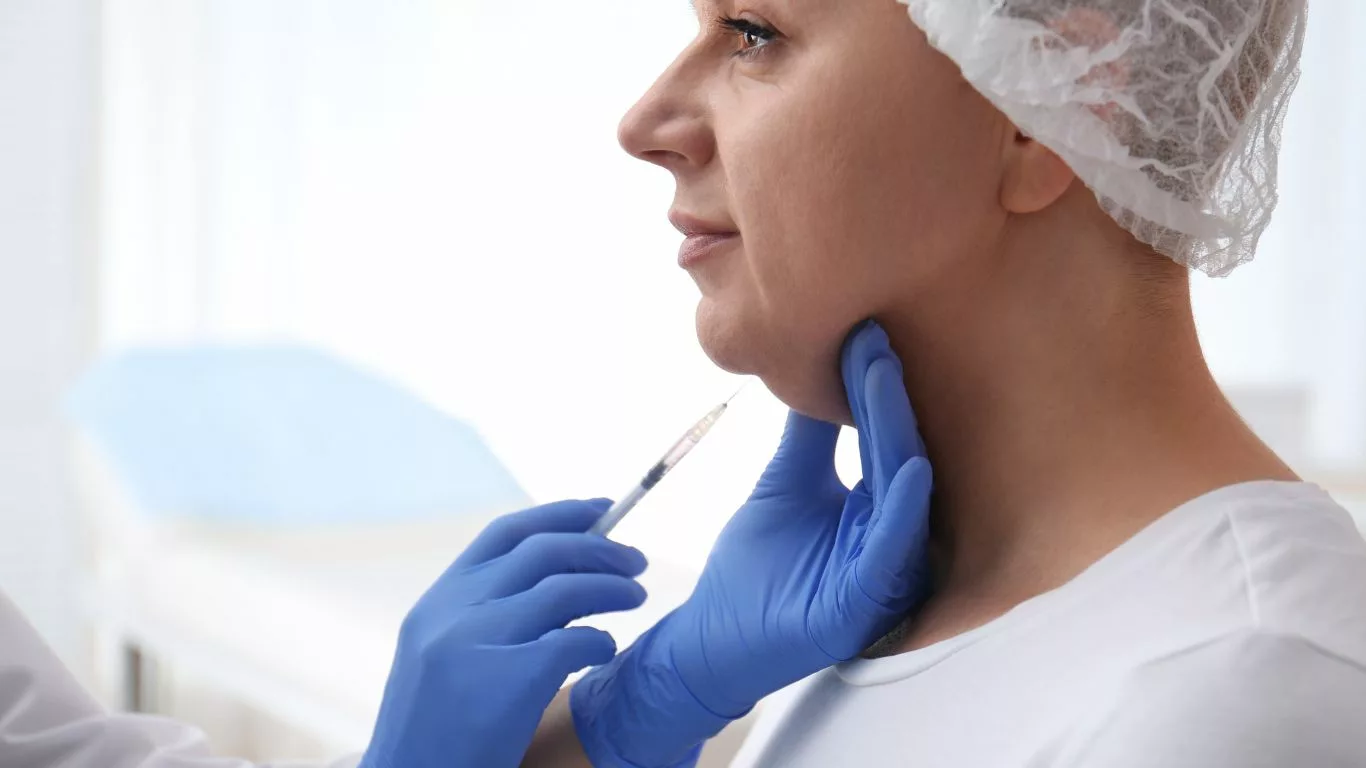
Strategies to Minimize Scarring
While some scarring is unavoidable after liposuction, several effective strategies can help reduce their appearance and promote smoother healing:
Follow Post-Operative Instructions Diligently
Adhering strictly to the post-operative care instructions provided by your surgeon is crucial. This includes:
- Proper Wound Care: Regularly cleaning the incision sites as directed to prevent infection and promote healing.
- Use of Prescribed Ointments: Applying prescribed topical ointments or creams to aid in wound healing and minimize scar formation.
- Attend Follow-Up Appointments: Regularly scheduled follow-up visits allow your surgeon to monitor healing progress and address any concerns promptly.
Utilize Scar Treatment Products
Several over-the-counter and prescription products are designed to help minimize scars:
- Silicone Sheets and Gels: These products help flatten and soften scars by hydrating the skin and creating a protective barrier. They are typically recommended for use once the incisions have fully closed and stitches have been removed.
- Topical Creams and Ointments:: Medicated creams containing ingredients like vitamin E, onion extract, or hydrocortisone can help reduce redness and improve the texture of scars. Always use these products as directed by your healthcare provider.
Incorporate Massage Therapy
Gentle massage of the scar tissue can promote blood flow and collagen remodeling, leading to softer, less noticeable scars:
- Timing and Technique: Your surgeon will provide specific instructions on when and how to start massaging the scar. Typically, massage therapy begins once the incisions have sufficiently healed and stitches have been removed. Use gentle pressure and circular motions to massage the scar for several minutes daily.
Consider Professional Scar Treatments
For more prominent scars or if you desire accelerated scar improvement, consider professional treatments:
- Laser Therapy: Laser treatments can effectively reduce scar visibility by targeting scar tissue and promoting collagen production. Multiple sessions may be required for optimal results.
- Microneedling: This procedure involves creating tiny punctures in the skin with fine needles to stimulate collagen production and improve scar texture. It can be combined with topical treatments for enhanced results.
- Corticosteroid Injections: Injections of corticosteroids directly into hypertrophic or keloid scars can help flatten and soften them by reducing inflammation and inhibiting collagen production.
These professional treatments should only be performed by qualified healthcare professionals experienced in cosmetic dermatology or plastic surgery. They can provide personalized recommendations based on your scar type and skin condition.

Conclusion
Liposuction, like any surgical procedure, can result in some scarring. However, the scars are typically small and strategically placed to be less visible. Understanding the factors that influence scar formation and employing effective scar management strategies can greatly minimize their appearance. By choosing a skilled surgeon and adhering to recommended post-operative care, patients can achieve the desired body contouring results with minimal scarring.
Appendices
References
For further exploration of the topic of liposuction and scarring, consider reviewing the following references:
- Brown, A., & Smith, J. (2021). “Scar Management in Aesthetic Surgery: Techniques and Outcomes.” Aesthetic Surgery Journal, 41(1), 29-37. Read Article
- Jones, M., & Lucas, C. (2020). “Postoperative Care in Cosmetic Surgery.” Plastic and Reconstructive Surgery, 145(2), 450-456. Read Article
- Williams, D., & Patel, R. (2019). “Minimizing Surgical Scars: Advances in Techniques and Treatments.” Dermatologic Surgery, 45(3), 391-397. Read Article
FAQs
Here are some frequently asked questions about scarring from liposuction:
- Will liposuction scars be permanent? While scars from liposuction are permanent, they often fade significantly over time and become less noticeable.
- How long does it take for liposuction scars to heal? Initial healing of liposuction scars occurs within a few weeks, but it can take several months to a year for scars to mature and fade.
- Can scar treatments completely remove liposuction scars? Scar treatments can greatly reduce the appearance of scars, but they may not completely remove them. Professional treatments offer the best results for significant scar reduction.
Related Table
Here’s a summary table of key information regarding liposuction scars:
| Aspect | Information |
|---|---|
| Common Scar Types | Incision scars, hypertrophic scars, keloid scars |
| Factors Influencing Scars | Skin type, genetics, surgeon’s technique, post-surgical care |
| Scar Minimization Strategies | Post-operative care, scar treatment products, massage therapy, professional treatments |
Note: Individual responses to scar treatments may vary, and it’s important to seek personalized advice from a healthcare provider.
Disclaimer: The information provided in this article is for educational and informational purposes only. It is not intended to be a substitute for professional medical advice, diagnosis, or treatment. Always seek the advice of your physician or other qualified health provider with any questions you may have regarding a medical condition. Never disregard professional medical advice or delay in seeking it because of something you have read in this article. Reliance on any information provided in this article is solely at your own risk.
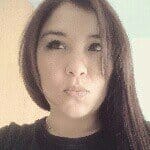
Camellia Wulansari is a dedicated Medical Assistant at a local clinic and a passionate health writer at Healthusias.com. With years of hands-on experience in patient care and a deep interest in preventive medicine, she bridges the gap between clinical knowledge and accessible health information. Camellia specializes in writing about digestive health, chronic conditions like GERD and hypertension, respiratory issues, and autoimmune diseases, aiming to empower readers with practical, easy-to-understand insights. When she’s not assisting patients or writing, you’ll find her enjoying quiet mornings with coffee and a medical journal in hand—or jamming to her favorite metal band, Lamb of God.
